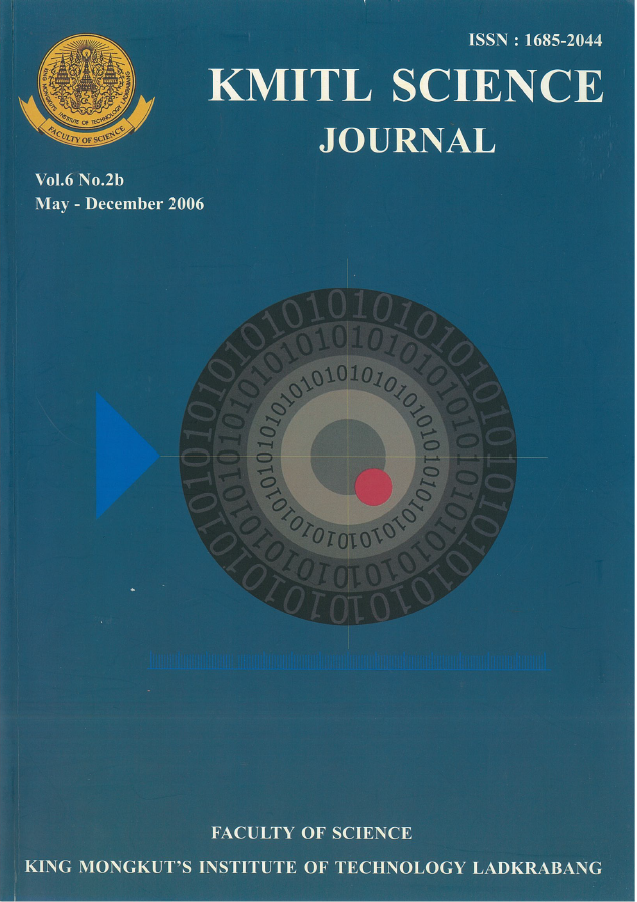Fired planting materials is presently very popular, because it has the special characteristics of light weight, low density and can be reused. Preparation of fired planting materials from bottom ash, flue gas desulfurization (FGD) gypsum which are residues from Mae Moh power plant in Lampang province mixed with paddy clay and sawdust was studied. Various formulae of planting materials were prepared by different ratios between bottom ash, FGD gypsum and paddy clay with different compositions of sawdust added, and different temperature of oxidation firing at 600, 700, 800 and 850˚C. It can be concluded that the appropriate composition for planting material is 22% of bottom ash, 7% of FGD gypsum and 45% of paddy clay with 26% of sawdust added. The best oxidation firing must be at least 850˚C for 30 minutes, with increasing rate of 3˚C/minute from room temperature. This planting material was not slake when soaked in water. It has 50% water absorption, pH 6.43, density 1.21 g/cm3 and cation exchange capacity 8.9 meq/100g. It is shown that this produced planting material has high water absorption, slightly acidic pH value, light weight and rather high cation exchange capacity. Furthermore, this planting material has good characteristic from high quality unslaking which resulted from soaking it in water for 30 days.
Keywords: Bottom ash, FGD gypsum, Paddy clay, Sawdust, Cation exchange capacity, Planting material, Bulk density, Water absorption
Corresponding Author Email: orpanyo@chiangmai.ac.th
Prasithichokekul, K. ., Wangkarn, S. ., Thiansem, S. ., Sooksamiti, P. ., & Arquero, O. . (2018). Appropiate Composition of Power Plant Wastes for Preparation of Fired Planting Materials. CURRENT APPLIED SCIENCE AND TECHNOLOGY, 479-485.

https://cast.kmitl.ac.th/articles/149965